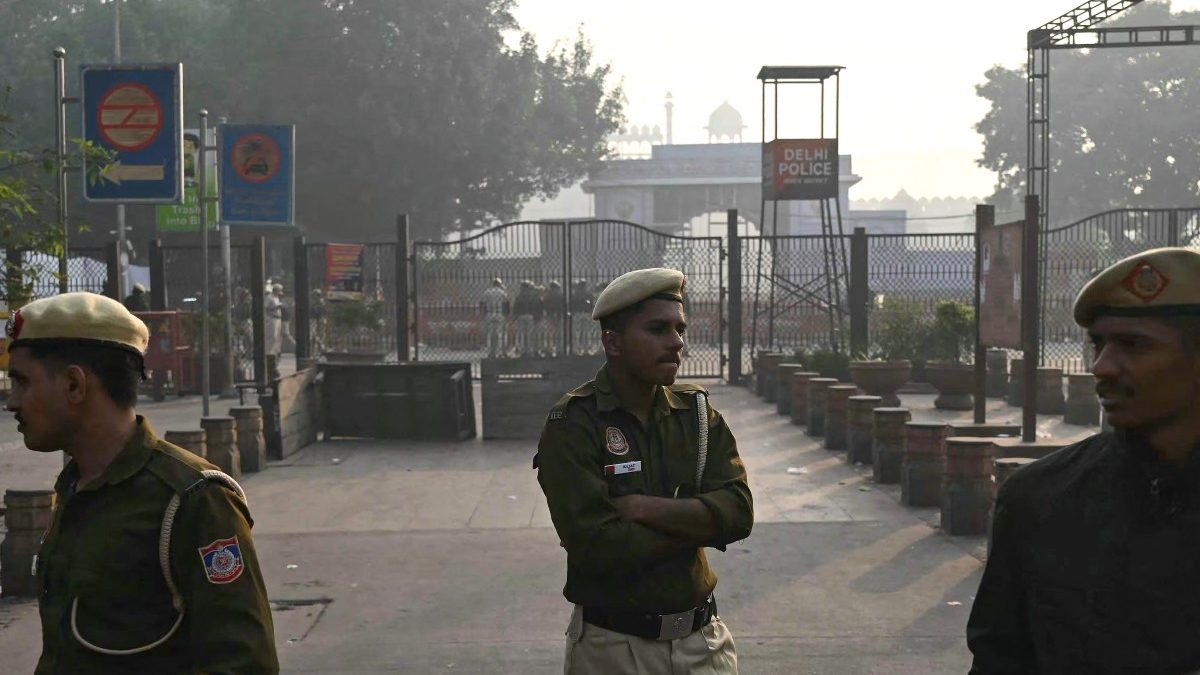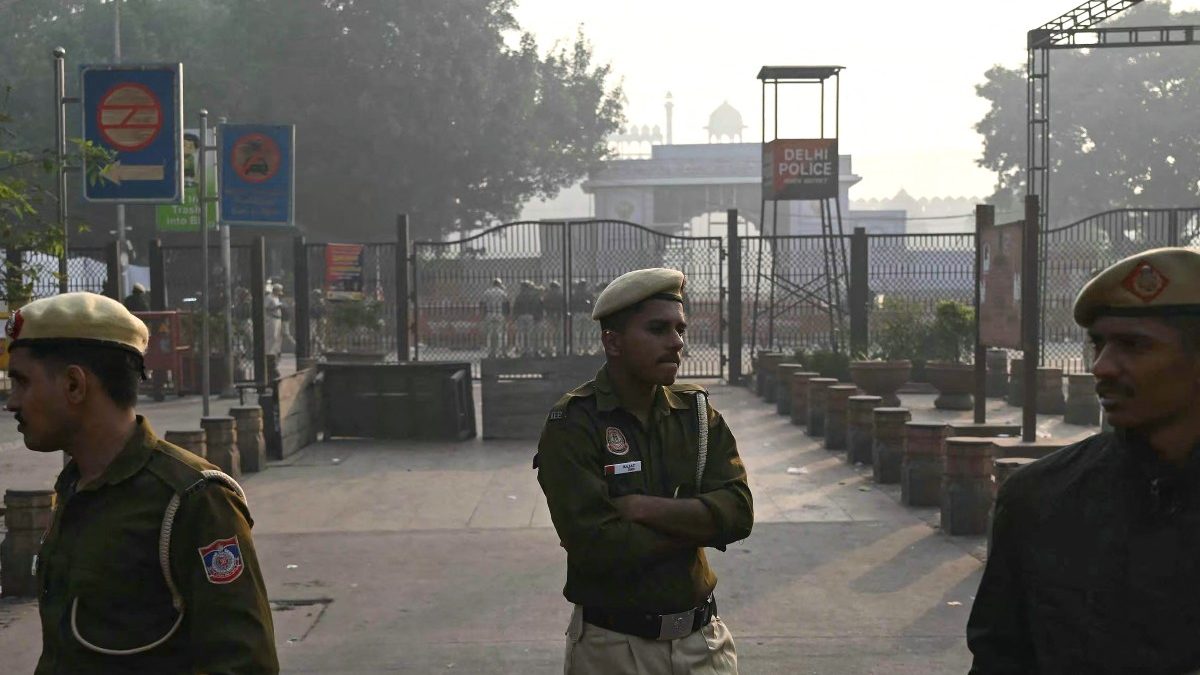China’s economy is showing persistent signs of weakness even as top‑level policymakers roll out ambitious stimulus packages. Despite official declarations of a sweeping push to stimulate consumption, the country is now facing its longest stretch of slowing consumer demand since the post‑Covid rebound, highlighting the depth of structural headwinds.
Consumption falters while stimulus rises
Government pledges under the Xi Jinping leadership have increasingly emphasised a shift away from export‑ and investment‑led growth towards a consumption, driven model. Analysts cite a recent policy outline that explicitly committed to boosting the share of household spending in GDP and rerouting fiscal resources toward social services and consumer support.
Yet retail sales and other demand indicators continue to disappoint. Retail growth is anticipated at just 2.8 % year‑on‑year, marking a fifth consecutive monthly deceleration, the longest such stretch since 2021.
External pressure amplifies domestic fragility
The consumption slowdown comes amid weakened external demand. In October, exports unexpectedly fell by 1.1 %, the sharpest drop since February, reflecting fading front‑loading and shrinking orders from major markets.
With domestic demand weakening and export momentum faltering, China finds itself squeezed on both ends. Investment is also shrinking: fixed‑asset investment dropped 0.5 % year‑on‑year in the first nine months.
Efforts to reset the growth model face inertia
Officials have responded with a stream of stimulus measures consumer subsidies, auto‑purchase incentives, rate cuts and increased social‑spending pledges. The aim is to reposition the growth engine toward households and away from over‑reliance on construction, heavy industry and exports.
Quick Reads
View AllHowever, such policy actions face deep‑rooted disincentives. Household wealth has been eroded by falling property prices and mounting employment uncertainty. Consumer confidence remains tepid, making it hard for stimulus to translate into spending.
The implication for growth trajectories
While China’s growth target of “around 5 %” for 2025 remains formally intact, the combination of weak consumption, slack investment and export pressures raises the risk of falling short. The third‑quarter GDP figure of 4.8 % already reflected the lowest pace in a year.
Some economists warn that unless the consumption pivot gains traction, China may see slower growth carry into 2026 and beyond. The slowdown of consumer demand points to a deeper rebalancing challenge, not simply a cyclical blip.
China’s multi‑pronged stimulus push may signal political resolve and policy intensity, but the reality on the ground tells a different story: households are not yet responding, external headwinds persist, and legacy drivers of growth remain weak. Until consumption itself becomes a true engine of expansion, China’s growth model will remain vulnerable and the longest‑ever slowdown in consumer demand since the Covid‑era rebound may be only the beginning.
With inputs from agencies


)

)
)
)
)
)
)
)
)



